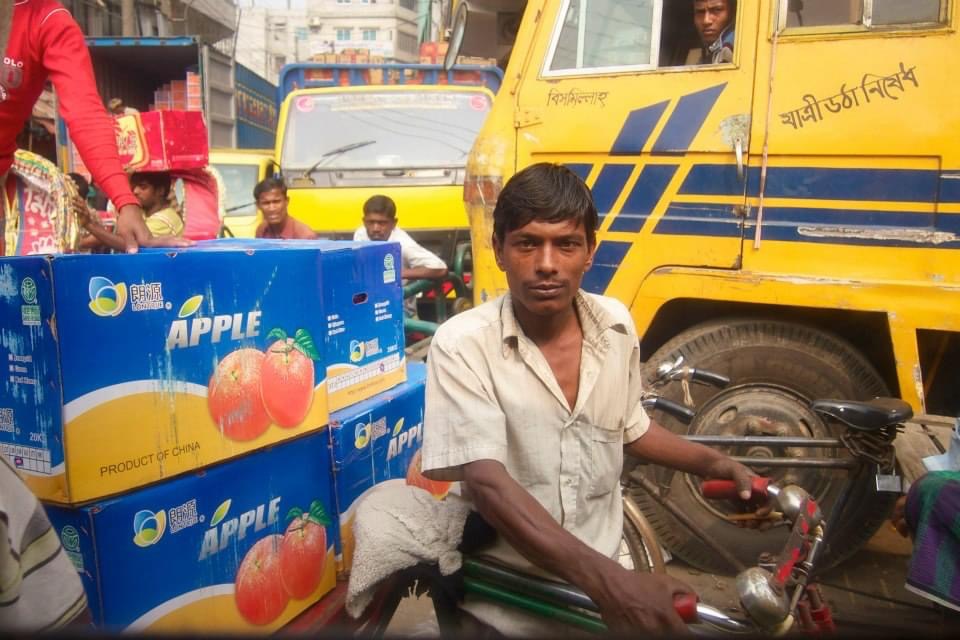Travel hits differently for different people, but humanity is shared and resonates with all of us. As humans, we are made of stories; stories that give others insight into who we are and how we navigate life on Earth. There is so much out there to explore, learn about, and share – but it’s what we choose to share that defines our travels.
Whether your feet are propped up on the dashboard or you’re waiting at your gate prior to takeoff, many of us are familiar with the process of combing through our camera roll after a trip, narrowing down the best images to share. Like finding the best photos you hope will inspire people and force them to pause to appreciate it as much as you did, the stories you choose to tell are evolved the same way.

What Makes a Good Story?
Good stories come from an authentic place of discovery that leaves imprints on those who are on the receiving end. Beyond the timeline or course of events, there is value in sharing the heart and soul of your experience. After all, we’re all human looking to feel and empathize with the world around us.
You don’t have to be a professional storyteller to tell good stories. Circumnavigating the globe twice isn’t a prerequisite either. Regardless of the miles accrued or the best of cocktails consumed, a story is a good one if it carries emotion. Emotion lives in your values, your observations, your mistakes, and the interactions you have. As humans, we all process emotions and can share feelings of happiness, hope, grief, and fear. It’s within those emotions that give even the most diverse people a sense of commonality and connection.
Please note: I don’t have formal training in storytelling, nor am I here to tell you the perfect ingredients to tell a story. I am here to share with you tips gleaned from sharing stories that have resonated with others and why.

Here are 5 tips for telling better stories about your travels:
1. Allow your values to drive the story.
Think about what shaped and guided your travel experience. If you booked a tiny house because you inspire to live minimally and with less impact, tell us how that experience allowed you to further live out your values. If you get real with what led you to an experience, others can feel more grounded, inspired, and see the purpose of your story. These value-aligned stories enable human connection, are a force for good, and pave the way for a responsible travel culture.

2. Share about how the destination makes YOU feel.
Finding an authentic story inside yourself can be hard as our mind wants to categorize and compare. The comparison game leads us to a place where we become disconnected from our own experience and how it’s making us feel at the moment. To avoid shaping your story based on other people’s stories or expectations that are living in your subconscious, take notes on your visceral reactions along the way. The beautiful part of being human is the emotions we feel in each passing moment. May they be rooted in grief, happiness, or fear; pull the words from your gut and recreate the same feeling for others.

3. Leverage the local voice.
Don’t get caught up in viewing your destination’s experience the way it’s always been interpreted and shared. Allow yourself the vulnerability of being an outsider by looking for opportunities for deeper engagement within your surroundings and among the local folk. Aim to tell stories that dimensionalize the experience by leading with your interactions and observations.
Here are my favorite ways of channeling the local voice:
- Venture beyond your destination where there are different lifestyles, traditions, and perspectives to share.
- Put your “must-see” list aside and slow down. Consider taking modes of transportation that allow you to brush shoulders so to speak with the local community.
- Eat and shop locally where you will be sure to find unique ingredients, goods that tell a story about the region, and experiences that stimulate all those senses that further connect us to the moment and place.

4. Banish the use of trendy travel jargon.
Not all stories are shared verbally. In the digital era of sharing every crevice of our life, including the details of our travels and experiences, consider writing as you speak, rather than conforming to the 1 of a million travel bloggers. Leave the ‘wanderlust vibes’ to them and share your experiences in a way that makes your story more accessible to everyday people. Besides, many terms like “undiscovered” and “instagrammable” cultivate a culture of irresponsible travel behavior and shallow experiences that lack authenticity.

5. Be honest and share your mistakes.
Being self-deprecating can be funny sometimes, why do you think so many comedians use this approach? It makes you and your stories more approachable and reminds us not to take ourselves and life too seriously. Travels are never perfect. Whether you missed your flight, forgot your toothbrush, or planned an excursion that went sideways, mistakes make you human. I can tell you, I’ve made plenty of them and have since evolved the way I travel. From attempting to photograph the Amish to planning an entire day of events without looking at the business hours. First – the lessons learned from those experiences are a story in and of itself.

Your stories have the power to inform the way others travel. Sharing the details of our travels overall impact and personal transformation will make your story memorable and worth sharing. After all, travel is a means for enrichment, growth, and discovery – something that as humans we’re often seeking. Remember, no one else but you has traveled to this place at this particular time and had the thoughts and experiences you did. Be honest and tell the stories right from the heart.
For a related read, check out this blog post all about documenting your travels and the importance of doing so!
About the Author
Lisa Frank is a travel professional passionate about cultivating community and inspiring others to travel and host responsibly.






